When a queen bee dies, chaos doesn’t erupt in the hive—instead, a meticulously orchestrated emergency protocol kicks in. Bees, nature’s ultimate planners, have evolved a fascinating system to ensure their colony survives the loss of their monarch. Let’s dive into the regal drama of how a new queen is forged, complete with royal jelly banquets, sibling rivalry, and a high-stakes mating flight.
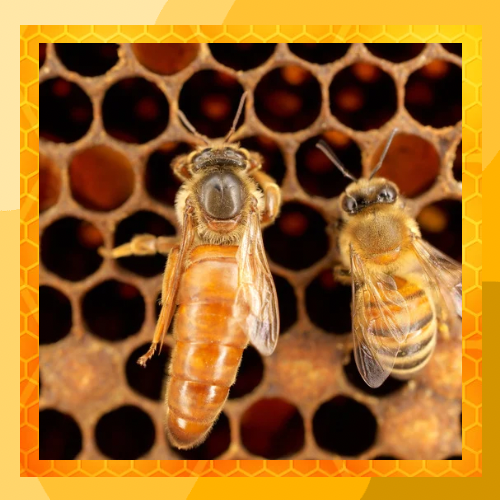
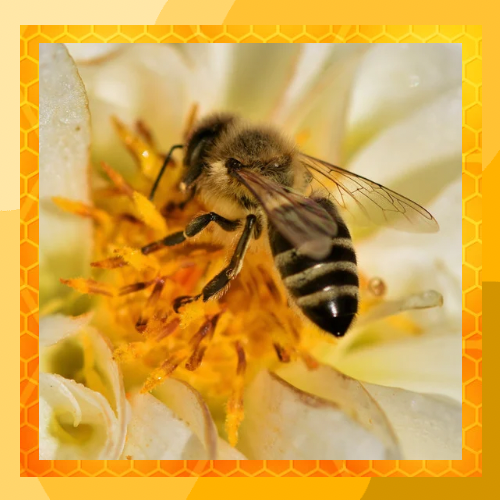
The Queen’s Legacy: A Colony in Crisis
A honeybee colony revolves around its queen. She’s the sole egg-layer, the mother of all worker bees, and the source of pheromones that maintain social order. When she dies (or goes missing), her absence is detected within hours as her pheromones fade. Worker bees spring into action—they have just days to replace her before the colony collapses.
Emergency Mode: Building a New Monarch
Worker bees don’t mourn; they act. Here’s how they create a new queen:
Larval Selection: Workers scout for female larvae less than 3 days old. These larvae are swimming in a pool of worker jelly (a mix of pollen and honey), but they’re about to get a royal upgrade.
Royal Jelly Overload: Selected larvae are moved to special wax cells called queen cups and fed exclusively on royal jelly, a protein-rich secretion from nurse bees’ glands. This “superfood” triggers their development into queens instead of workers.

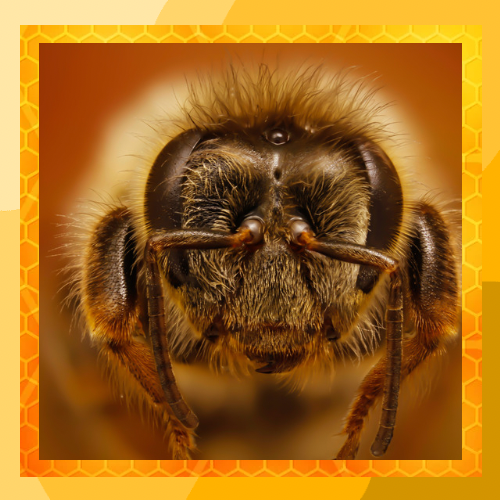
Architectural Upgrades: Workers enlarge the larvae’s cells into peanut-shaped queen cells, giving the future queen space to grow.
Royal jelly isn’t just food—it’s a genetic switch. It silences genes that would create worker traits (like small ovaries) and activates those for reproductive maturity.
Race Against Time
A queen develops in just 16 days (compared to 21 days for workers). During this time, the colony holds its breath:
If multiple queens emerge, they’ll fight to the death with their stingers. The victor claims the throne.
If no queens survive, the colony dwindles as workers can’t lay fertilized eggs (only drones, from unfertilized eggs).

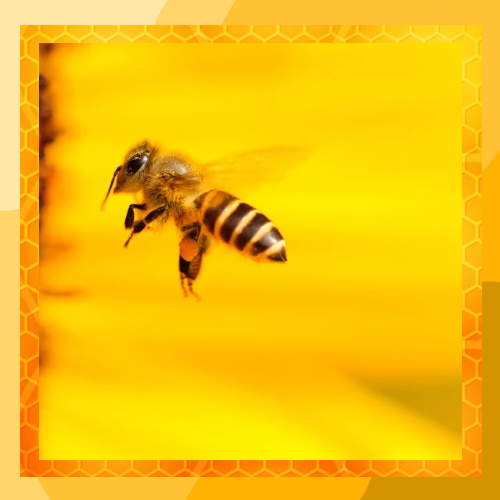
The Virgin Queen’s Debut
The new queen’s first week is a mix of danger and diplomacy:
Eliminating Rivals: She locates and stings any unhatched queen cells, ensuring no competition.
Mating Flight: At 5–7 days old, she embarks on a single mating flight, where she mates with 12–20 drones mid-air. She stores their sperm for life (up to 5 years!).
Settling In: After mating, her ovaries mature, and she begins laying up to 2,000 eggs daily, restoring the colony’s workforce.
Fun Facts & Quirky Queen Traits
Pheromone Power: The queen’s scent isn’t just for cohesion—it suppresses workers’ ovaries, preventing them from laying eggs.
Stinger Showdown: Queens have smooth stingers (unlike barbed worker stingers) and use them primarily to fight rival queens.
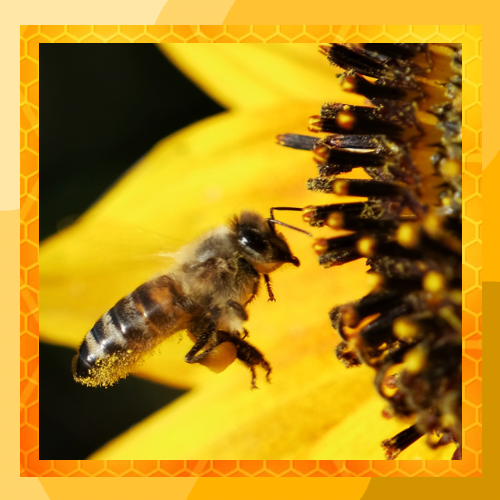
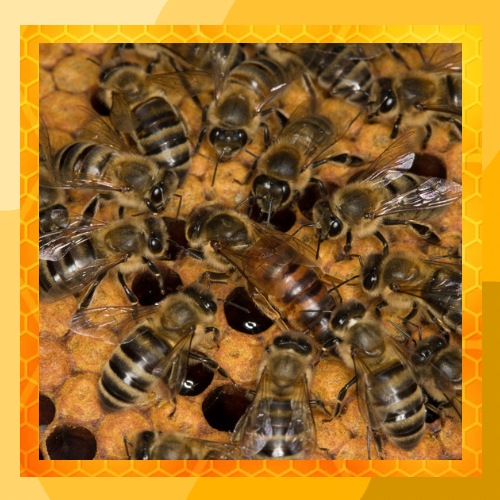
Egg-Laying Machine: A queen can lay her own body weight in eggs every day.
Long Live the Queen: While workers live 6 weeks, queens survive 2–5 years, thanks to their royal jelly diet.
Emergency Backup: If a queen dies suddenly, workers can even “reprogram” a young worker larva into a queen—a process called *emergency queen rearing.
Why This Matters
The queen’s succession isn’t just bee drama—it’s a survival strategy honed over 100 million years. Without this process, hives would collapse, threatening pollination ecosystems and our food supply. Bees remind us that leadership, backup plans, and teamwork are vital, even in the insect world.
Next time you see a bee, remember: behind that tiny body is an empire’s worth of intrigue! 🐝👑
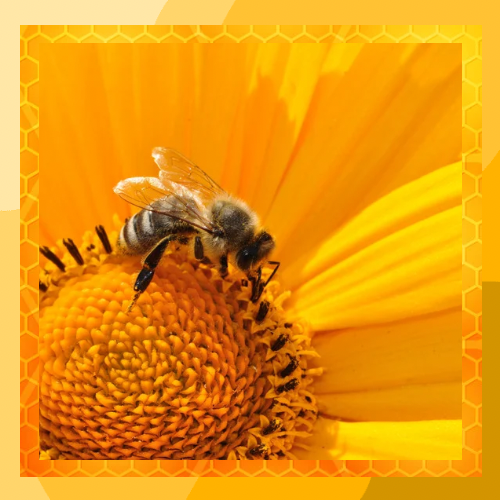
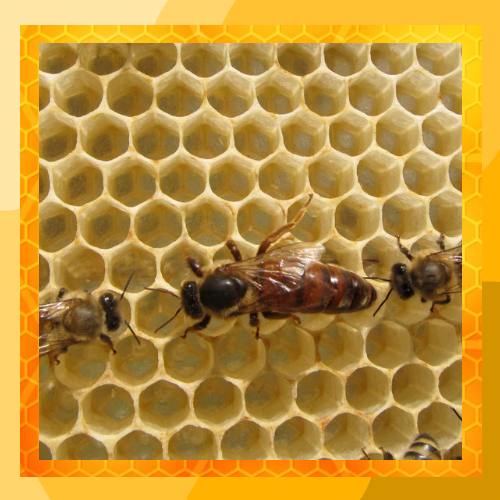
References
Winston, Mark L. The Biology of the Honey Bee. Harvard University Press, 1987. https://www.science.org/doi/10.1126/science.238.4833.1591
Seeley, Thomas D. Honeybee Democracy. Princeton University Press, 2010. https://www.degruyterbrill.com/document/doi/10.1515/9781400835959-fm/pdf?srsltid=AfmBOooLL2bB-FEhNmT8lWsv6BFbcXiAPYSZvYTnNT3B_u2kTOfTx0Ai
Hölldobler, Bert, and Wilson, Edward O. The Superorganism: The Beauty, Elegance, and Strangeness of Insect Societies. W.W. Norton, 2009. https://www.americanscientist.org/article/superorganism-or-family-business
Royal Jelly: A Mystery in a Jar. National Geographic, 2018. https://www.nationalgeographic.com/animals/invertebrates/facts/honeybee


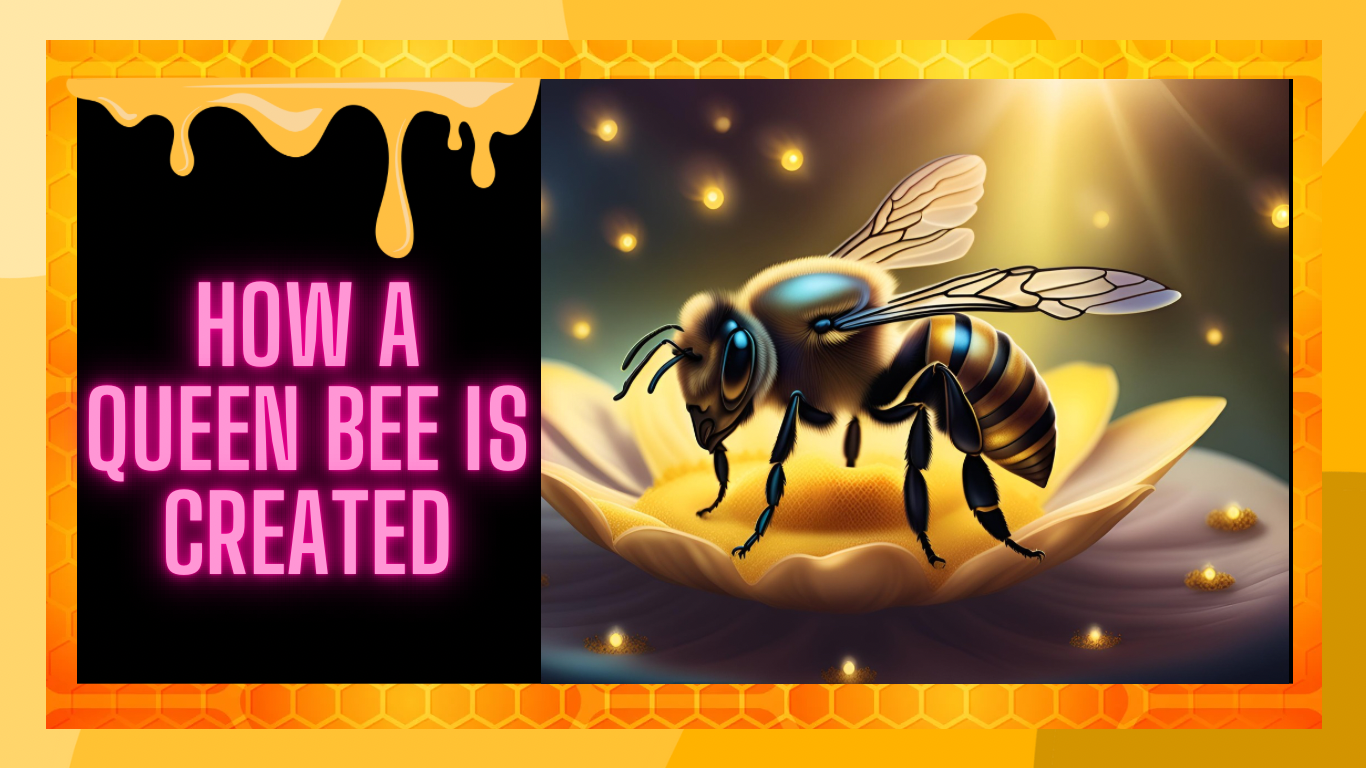


I’ve been looking for info like this—glad I found your blog.
Well-written and straight to the point. Keep up the good work!
Great read! I really enjoyed your perspective on this topic.
Great insights! I really enjoyed how you explained this topic clearly and simply.
This is so helpful. I’ve been looking for a post like this—thank you!
Well written and inspiring! Keep up the great work.